At the recently completed annual meeting of the National Committee on Uniform Traffic Control Devices (NCUTCD), they voted 35-0 to endorse shared lane markings (aka sharrows) and forward the recommendation to the Federal Highway Administration.
From there, it is a small step into officialdom… inclusion in the next edition of the Manual of Uniform Traffic Control Devices (MUTCD).
The MUTCD is a book maintained by the Federal Government and it’s the official manual used by traffic engineers and transportation planners nationwide. Before any new traffic control signage, device or marking can be official, it must be added to the MUTCD.
In Portland, we have been “testing” sharrows for several years (along with other innovative stuff like blue bike lanes), and today’s announcement means we will likely be seeing much more of them on streets throughout the city.
According to one local planner familiar with the process it means that we’ll be seeing, “More sharrows, in more places!”
PDOT has been doing a video analysis on the ones in NW Portland. Maybe we’ll hear more details on that soon.
For more on sharrows, read these FAQs from PDOT.


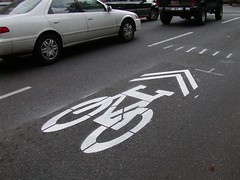
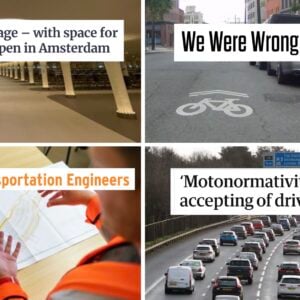
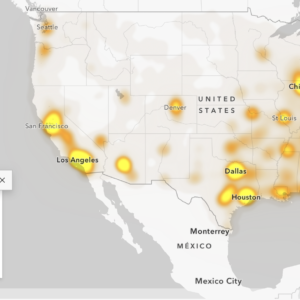
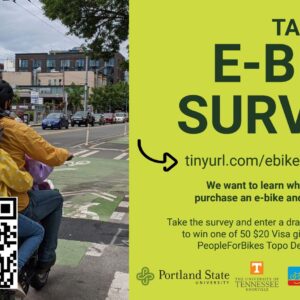
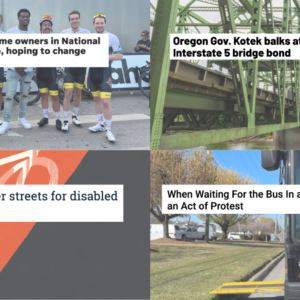
Thanks for reading.
BikePortland has served this community with independent community journalism since 2005. We rely on subscriptions from readers like you to survive. Your financial support is vital in keeping this valuable resource alive and well.
Please subscribe today to strengthen and expand our work.
I think it will be important on how drivers are educated about the meaning of sharrows. It’s important to reinforce that cyclists are not limited to using the lane only where sharrows exist.
I ponder if other slow moving vehicles need such tools. Being a country girl I conger the image of a sharrow with a tractor instead of a bike. But, then shake the image from my mind because I know that drivers KNOW they have to share with farm equipment and they don’t need such reminders. I dream of the day that’s true of bicyles.
When driving, sharrows are so hard to see, and even harder to interperet, I seriously question their effectiveness.
Dabby – do you drive? 😉
Interpretation/explanation/use of signage is key.
But as a car-driver, if I saw a bicycle painted the full-width of the lane, I would immediately assume that:
1. this is a road used by many cyclists
2. through-cyclists will use the marked lane. (and will signal if they need to move into another lane for a turn)
In general, I find that the signage in Portland for bicycles/cars is too little too late.
Lately I’ve been riding east-bound over Hawthorne Bridge. It disturbs me that (at the east end of the bridge) the blinky-cars-yield-to-cyclists sign is posted at the END of the blue-bike lane. Shouldn’t it appear *before* the blue-bike lane starts???
Acceptance at the Federal level is a step toward recognition by drivers. I think this is an excellent step.
Note that the next edition of the MUTCD won’t be out for another two or three years. Also, it takes many state transportation departments a year or three or four (or never) before they adopt the latest MUTCD in their won DOTs. The state of Oregon, for example, adopted the current edition of the MUTCD (the 2003 edition) in July 2005.
Finally, one step closer to getting these in my neighborhood where they are desperately needed. I contacted the city office here in Beaverton, and though they were enthusiastic about using them, were unable to because we’re not part of the pilot program and therefore are limited to MUTCD-approved markings only.
I sure hope that the sharrows that will soon crop up will be
a) HUGE and
b) IN THE MIDDLE OF THE LANE.
Clarence’s piece about Berkeley’s bike boulevards (above) illustrates how bold these things can and should be. Portland’s test sharrows (such as those on NW 19th) illustrate how lame and confusing they can be by being smallish and off to the side. If that’s what we plan on implementing, I’d agree with Dabby.
Go big or go home, Portland.
J-on- Bike,
I actually have a penchant for German Sports cars, so yes, I do drive.
Some of the sharrows markings are bigger, but some of them are very small and really unidentifiable…